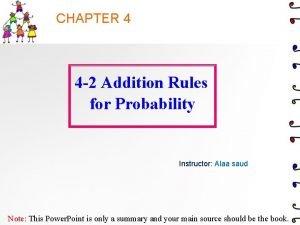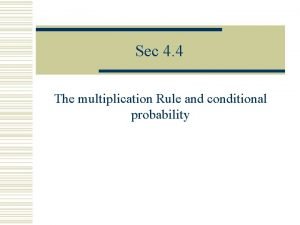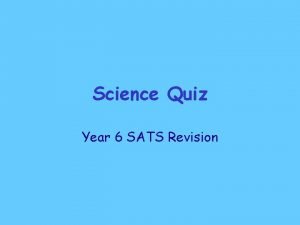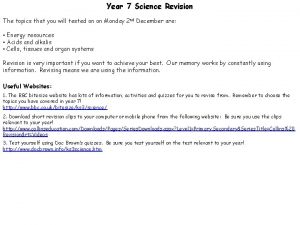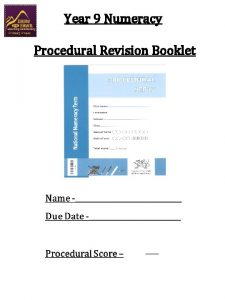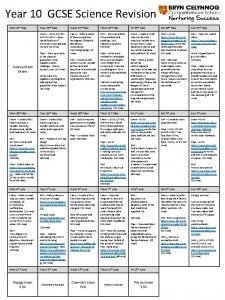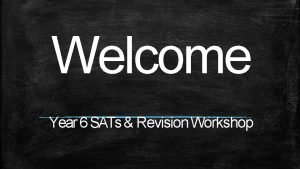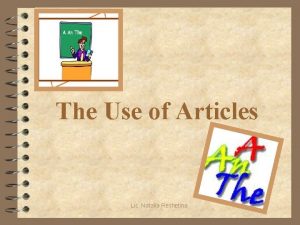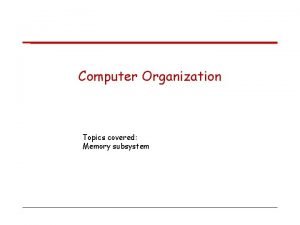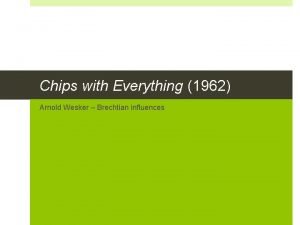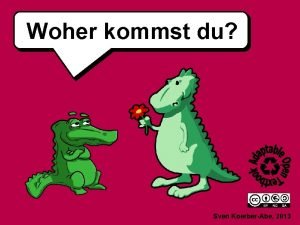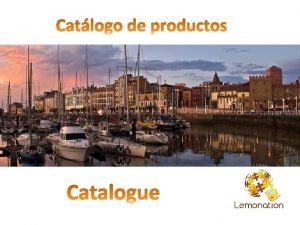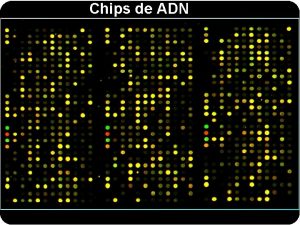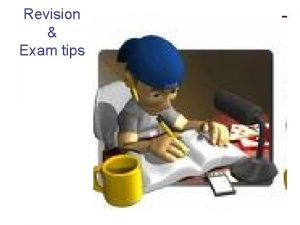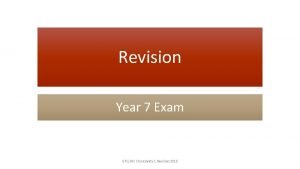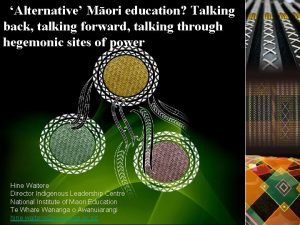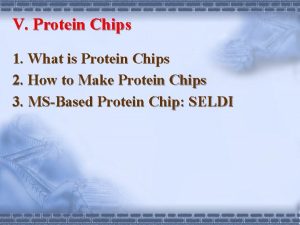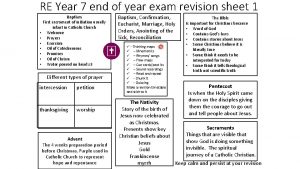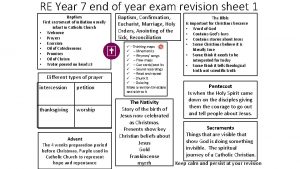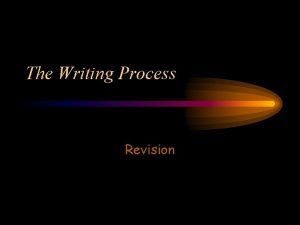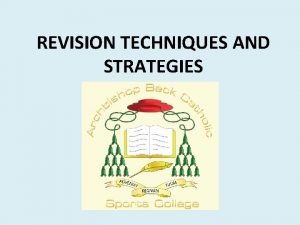Year 10 Exam Revision Talking Chips Talking Chips















- Slides: 15

Year 10 Exam Revision ‘Talking Chips’

Talking Chips http: //www. kaganonline. com/free_articles/dr_spencer_kagan/281/Kagan-Structures-A-Miracle-of-Active-Engagement, 3

2 Chips Each When you put your chip in the centre of the table, it is your turn to speak. 1. I will present you with 10 questions/topics for discussion. 2. Any team member can begin the discussion and place their chip in the centre of the table. 3. The next student will place their chip in the centre of the table and discuss the topic. 4. When all chips have been used, teammates collect their chips and repeat the process until I display another question/talking point. • You will have 2 minutes per question (negotiable).

What are narrative conventions? Name and describe them.

What are dramatic conventions? Identify and describe some of them.

What is a monologue? How is it different to a soliloquy and an aside?

What is close reading? What does close reading entail?

What are attitudes, values and beliefs? What are cultural values?

What are some key themes of Macbeth?

Literary techniques are used in texts to express artistic meaning through the use of language. Identify some techniques and provide definitions.

Literary Elements vs. Literary Techniques Literary elements are the universal constituents of literature and thus can be found in any written or oral story. Plot and character, for example, are necessary to story and are present in stories from every culture and time period. Literary techniques, however, are not universal or necessary in the sense that not all works contain instances of them. Simile and irony are examples of literary techniques. While many poems contain similes, not all do. Simile, therefore, is a literary technique instead of a literary element. http: //www. literarydevices. com/

What is context? • How can it inform your reading of a text? • How does it relate to reader positioning?

What is characterisation? What’s the difference between direct and indirect characterisation?

What are reading strategies? How would you apply a reading lens to a Disney story?

Notes Use the Talkin’ Chips discussion to inform your exam notes.
 A box contains black chips and white chips
A box contains black chips and white chips Multiplication rule
Multiplication rule Revision passive voice
Revision passive voice Keeping healthy quiz
Keeping healthy quiz Year 7 science revision
Year 7 science revision Year 9 maths revision booklet
Year 9 maths revision booklet Year 7 french homework booklet
Year 7 french homework booklet Year 7 spanish test
Year 7 spanish test Year 10 science revision
Year 10 science revision Year 6 sats revision timetable
Year 6 sats revision timetable Best akt question bank
Best akt question bank Year six leavers poem
Year six leavers poem I had ____ fish and ____ chips for dinner
I had ____ fish and ____ chips for dinner Semiconductor ram memories in computer organization
Semiconductor ram memories in computer organization Chips with everything play
Chips with everything play Woher kommt fish and chips
Woher kommt fish and chips
